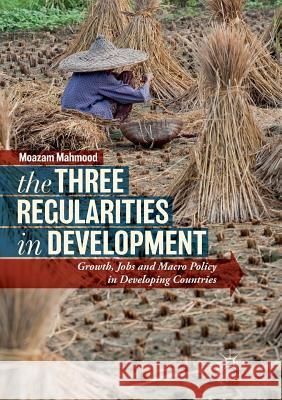The Three Regularities in Development: Growth, Jobs and Macro Policy in Developing Countries » książka
topmenu
The Three Regularities in Development: Growth, Jobs and Macro Policy in Developing Countries
ISBN-13: 9783030083342 / Angielski / Miękka / 2019 / 316 str.
The Three Regularities in Development: Growth, Jobs and Macro Policy in Developing Countries
ISBN-13: 9783030083342 / Angielski / Miękka / 2019 / 316 str.
cena 441,75
(netto: 420,71 VAT: 5%)
Najniższa cena z 30 dni: 424,07
(netto: 420,71 VAT: 5%)
Najniższa cena z 30 dni: 424,07
Termin realizacji zamówienia:
ok. 22 dni roboczych
Dostawa w 2026 r.
ok. 22 dni roboczych
Dostawa w 2026 r.
Darmowa dostawa!
Kategorie:
Kategorie BISAC:
Wydawca:
Palgrave MacMillan
Język:
Angielski
ISBN-13:
9783030083342
Rok wydania:
2019
Wydanie:
Softcover Repri
Ilość stron:
316
Waga:
0.43 kg
Wymiary:
21.01 x 14.81 x 1.91
Oprawa:
Miękka
Wolumenów:
01
Dodatkowe informacje:
Wydanie ilustrowane











